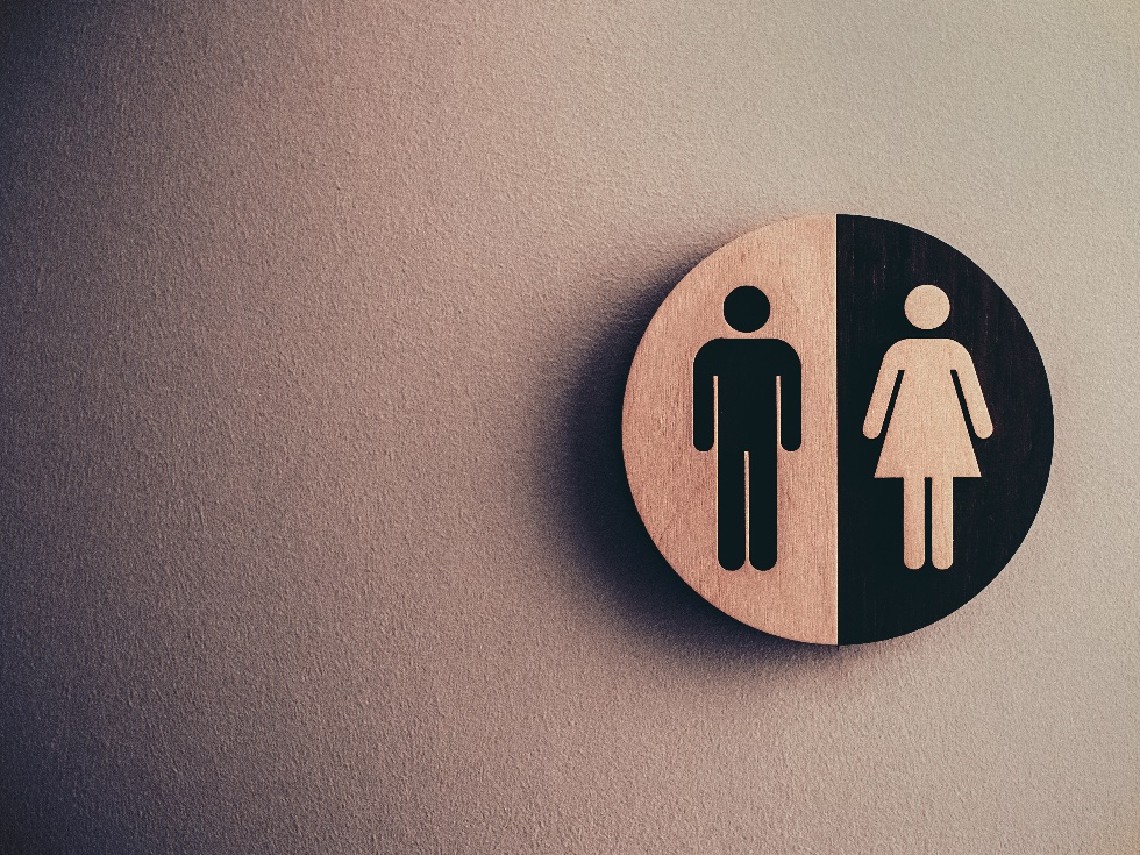
The transgender discussion has provoked some very heated debates in the last couple of years. Last weekend I read that what is meant to be a women only homeless shelter will allow biological males who identify as female into its single-sex facility. A spokesperson for Glass Door, the shelter in question, said: “In line with our Gender, Equality and Diversity policy any guest who identifies as a woman will be treated in line with their gender identity and will be eligible for a space in our women-only shelter dependent on availability.”
This is potentially very dangerous for the women and children in the shelter; you will no doubt have read of the attacks by so-called trans men identifying as women who were placed into cells with women in a women’s prison in the mistaken belief that it would be discriminatory not to do so.
In my view it is not discriminatory to refuse to accept men who do not meet the legal trans requirements into a women-only space.
Under The Equality Act 2010 there are nine protected characteristics. These are: age, disability, gender reassignment, marriage and civil partnership, pregnancy and maternity, race, gender and sexual orientation.
While gender reassignment (aka trans) is a protected characteristic, it covers people who have undergone, plan to undergo or are presently undergoing some sort of reassignment. It does not mean people who merely “identify” as female with no further intervention or engagement. Let’s be clear. Men who simply grow their hair, wear makeup, dress in women’s clothing and call themselves “Granny” (or whatever),but stop at that are not trans, so a refusal of access to Glass Door would not mean that they suffering unlawful discrimination on those grounds.
We also have to understand that sometimes there is a clash of rights given by protected characteristics (the religious belief v gay marriage issue in Ladele v LB Islington for example).
Conflict between different protected characteristics arises most frequently as a result of traditional religious views on homosexuality and/or gender identity or between those with gender critical beliefs (which have been held to be a protected philosophical belief and gender identity belief.
In the Ladele case, a Christian registrar was disciplined and found guilty of gross misconduct when she refused to carry out civil partnership duties on the basis that same-sex relationships were against her religious beliefs. The council’s legitimate aim was held to be providing effective services relating to civil partnerships and as a public authority it was committed to promoting equal opportunities towards the rights of the gay community. The Court of Appeal found that having established the provision of a non-discriminatory service as a legitimate aim, the council was entitled to require all registrars to perform the full range of services.
No protected characteristic trumps any of the other protected characteristics which means in practice, that where there is a clash between employees, employers face the difficult task of trying to manage and balance competing rights. We have to steer the most sensible and safe path we can.
If you’re an employer with HR queries and problems, get in touch!
DISCLAIMER
Although every effort has been made to ensure the accuracy of the information contained in this blog, nothing herein should be construed as giving advice and no responsibility will be taken for inaccuracies or errors.
Copyright © 2023 all rights reserved. You may copy or distribute this blog as long as this copyright notice and full information about contacting the author are attached. The author is Kate Russell of Russell HR Consulting Ltd.
Latest blog posts
- Is There a Santa Clause?
06 / 12 / 2023
- Lend Us a Hand!
22 / 11 / 2023
- What Happens When There is a Clash in Protected Characteristics?
17 / 10 / 2023
- Encouraging a Healthy Workforce 2
21 / 09 / 2023
- Encouraging a Healthy Workforce
23 / 08 / 2023
- What a Disaster - (But We Have a Cunning Plan!)
20 / 07 / 2023
- It’s Time We Stiffened the Sinews
14 / 06 / 2023
- Why Is It So Important to Develop Emotional Resilience?
16 / 05 / 2023
- When is a discretionary bonus not discretionary?
20 / 04 / 2023
- Recovering Training Costs 15 / 03 / 2023
